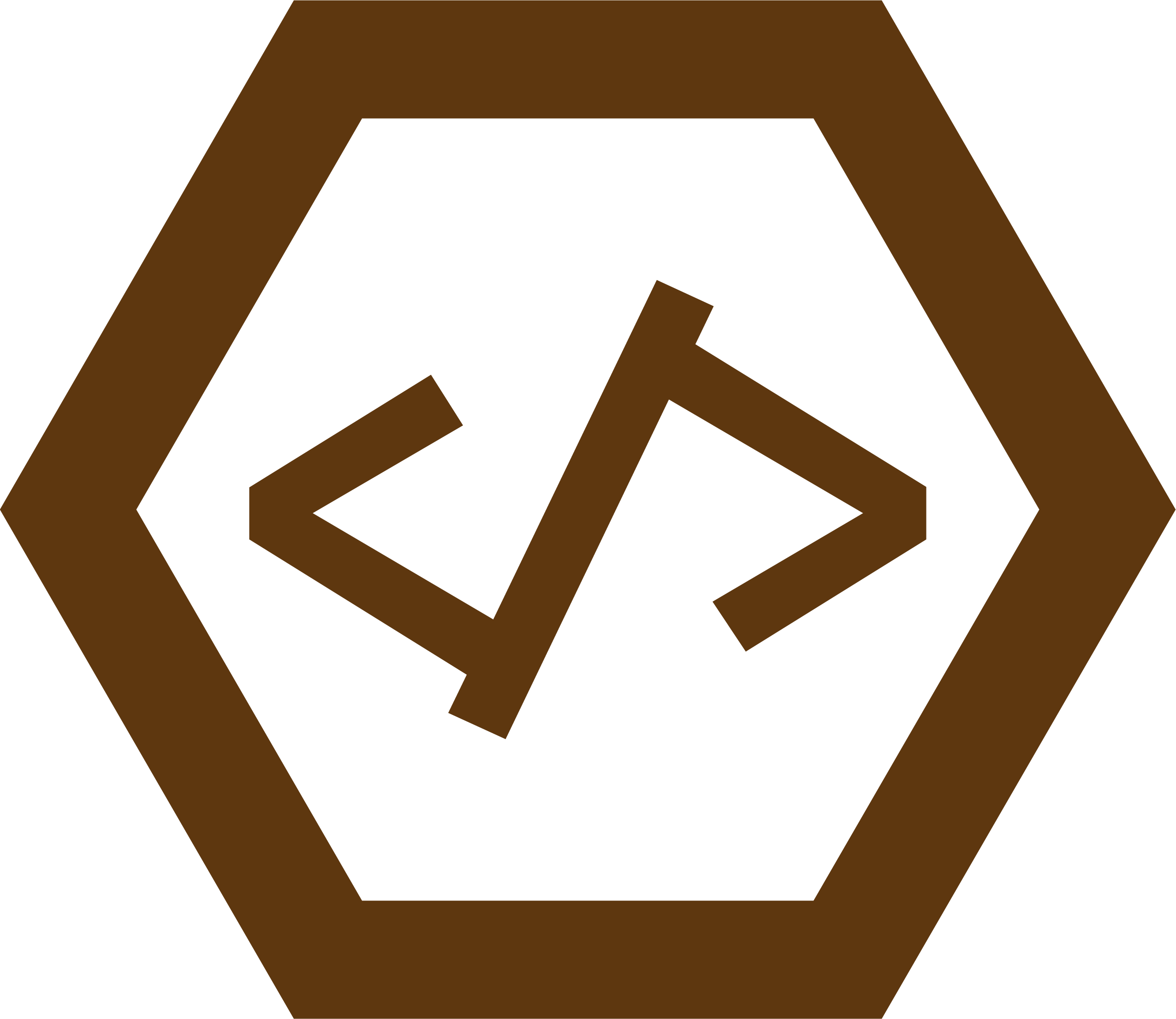
Padding an image or matrix to make it a square is a common task in computer vision, image processing, and data science. The main objective of padding is to ensure consistent dimensions across multiple images and matrices, allowing for smoother processing and analysis. In this article, we will explore an efficient solution to the pad to square problem using Python, alongside a comprehensible explanation of the steps involved, and delve into some related libraries and functions that can aid us in solving similar problems.
Solution to the Pad to Square Problem
The primary solution we will be discussing is based on the popular Python library, NumPy, which provides a wide array of tools for working with arrays and matrices. Using NumPy, we will zero-pad an image or matrix to make it square. Zero-padding means adding rows and columns filled with zeros around the original image or matrix until it has equal dimensions.
import numpy as np
def pad_to_square(array):
"""Pad an array to make it square with zeros."""
height, width = array.shape
size = max(height, width)
padded = np.zeros((size, size), dtype=array.dtype)
padded[:height, :width] = array
return padded
Step-by-step Explanation of the Code
1. First, we import the NumPy library with the alias ‘np’ for ease of use.
2. We define a function called ‘pad_to_square’, which takes an input array as an argument.
3. Inside the function, we retrieve the height and width of the input array using its ‘shape’ attribute.
4. We calculate the maximum value between the height and width to determine the size of our new square array.
5. Next, we create a new square array called ‘padded’ filled with zeros and the same data type as the input array.
6. We copy the contents of the input array onto the top-left corner of the ‘padded’ array.
7. Finally, we return the padded array as output.
NumPy Library and its Applications
NumPy stands for “Numerical Python” and is an incredibly powerful library for working with numerical data in Python. It provides fast and efficient operations on arrays and matrices, making it an essential tool for a wide range of applications, including scientific computing, data analysis, and artificial intelligence.
- Efficient Array Operations: NumPy offers a variety of built-in functions to perform element-wise, linear algebra, and statistical operations on arrays, thereby allowing users to manipulate and analyze data with ease.
- Broadcasting: With NumPy’s broadcasting system, users can perform arithmetic operations on arrays of different shapes and sizes, making it a versatile choice for handling multidimensional data.
- Interoperability: NumPy arrays can be easily converted to and from other data structures such as Python lists, tuples, and Pandas DataFrames, providing seamless integration with other libraries and packages.
Similar Libraries and Functions for Array Manipulation
In addition to NumPy, there are other libraries and functions available in Python for a wide range of tasks related to array manipulation and processing.
1. SciPy: The SciPy library builds upon NumPy by providing additional functionality for scientific and technical computing, including image processing, optimization, and signal processing functions. SciPy’s `ndimage` module has a `pad` function that can be used for padding arrays with several padding modes and constant values.
2. OpenCV: OpenCV is a popular open-source computer vision library with efficient implementations of various image processing and computer vision algorithms. It can be used for a wide range of tasks, including image padding using the `copyMakeBorder` function.
3. TensorFlow and PyTorch: TensorFlow and PyTorch are popular deep learning libraries that provide different methods for padding tensors or arrays according to the requirements of specific neural network architectures. TensorFlow’s `pad` function and PyTorch’s `Pad` module can be used for customizable padding operations.
Understanding and mastering these libraries and their associated functions greatly enhance a developer’s ability to tackle a broad array of data manipulation and processing problems, making them invaluable assets in contemporary programming and data science.
